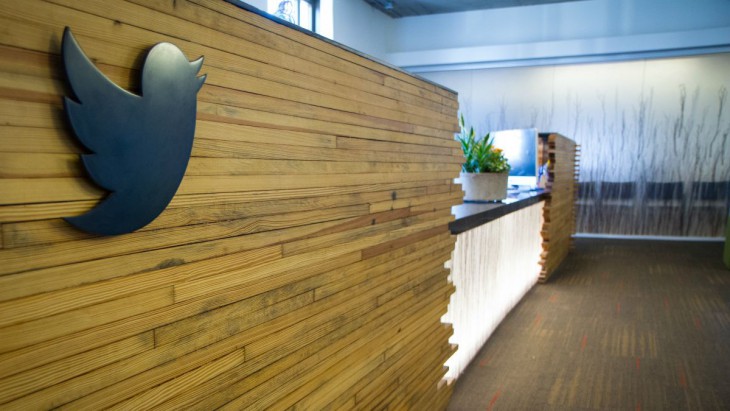
The internet has been abuzz the last couple of days with rumours that Twitter might be adopting a Facebook-style curated timeline instead of the default, reverse chronological timeline that its users have come to know and love. So concerned were users that the #RIPTwitter hashtag took off, and a widescale revolt just about took place. Look, I don’t know if that was that serious, but equally, the thing that makes Twitter great is the stream of tweets; you curate it, by choosing who you follow, and no unknown algorithm decides which tweets you should see.
It seems that the hubbub was enough to catch the attention of Twitter’s CEO (and one of its founders) Jack Dorsey, who took to Twitter earlier today to clarify the situation:
“Hello Twitter! Regarding #RIPTwitter: I want you all to know we’re always listening. We never planned to reorder timelines next week. witter is live. Twitter is real-time. Twitter is about who & what you follow. And Twitter is here to stay! By becoming more Twitter-y. Look at “while you were away” at the top of your TL. Tweets you missed from people you follow. Pull to refresh to go back to real-time. “
“I love real-time. We love the live stream. It’s us. And we’re going to continue to refine it to make Twitter feel more, not less, live! Twitter can help make connections in real-time based on dynamic interests and topics, rather than a static social/friend graph. We get it. Thank you all for your passion and trust. We will continue to work to earn it, and we will continue to listen, and talk!”
I think we can take from this that while Twitter is clearly interested in investigating some sort of algorithmic timeline feature, the chronological stream of consciousness that Twitter has become known and loved for won’t be going anywhere; at worst, it will remain as an option for users to select, and at best, it’ll remain the default choice, with an algorithmic timeline offered for those users who want something like that.
An algorithmic timeline displaying the “best of” probably isn’t the worst feature; I can see a number of scenarios where such a feature might be handy, especially if you follow a significant number of users and you want (or hope) to see the most important stuff first, without having to scroll through hours and hours of tweets.
That said, Twitter has had a feature (of sorts) like this for a little while — “While you were away” — and for the most part, it hasn’t been all that well received; how it selects the tweets to show you, out of the hundreds you might not have seen while away, is unknown, and it certainly doesn’t seem to pick out what I would call the most important or informative tweets.
Just as Facebook’s stream doesn’t get it quite right, fiddling with Twitter’s stream (which is part of the product’s core appeal) seems fraught with danger.




